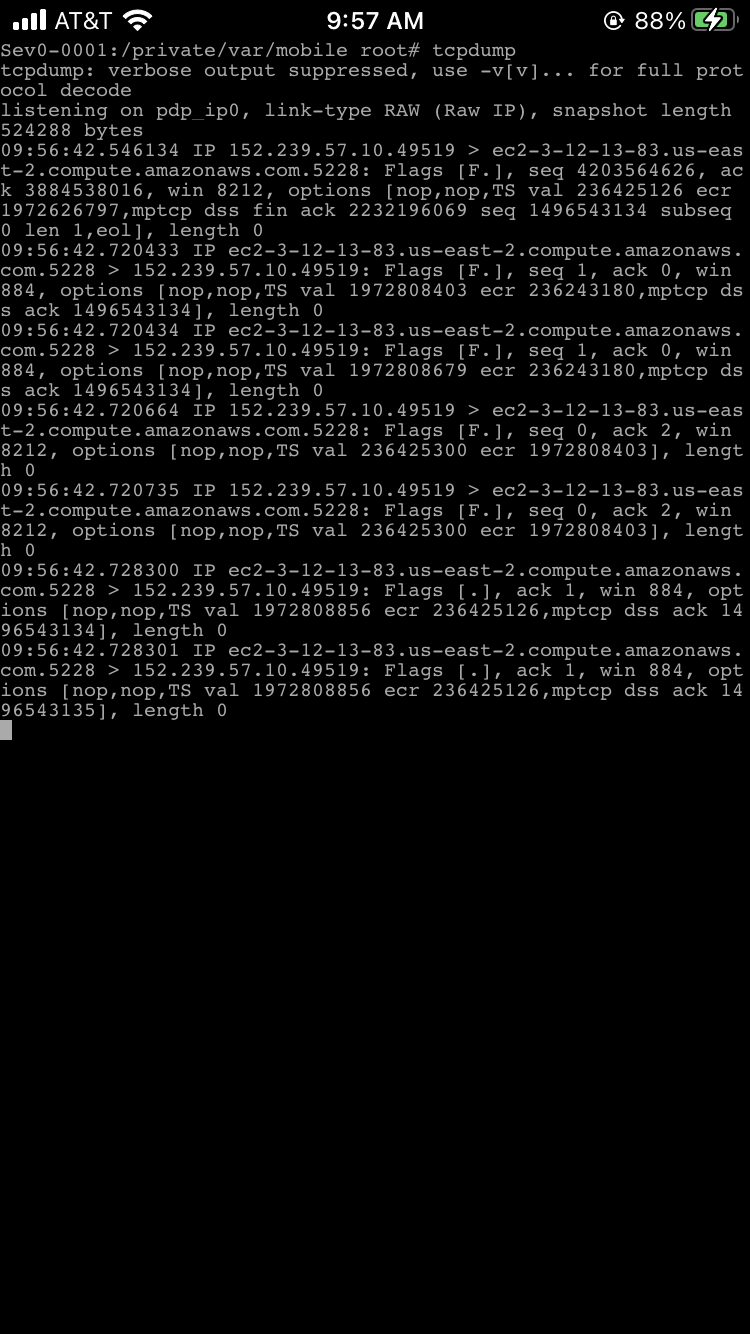In the world of Penetration Testing, securing web and mobile applications is critical for businesses of all sizes. Cyberattacks are constantly evolving, and the consequences of a breach can be devastating—not just financially, but also in terms of reputation and compliance. At Severity Zero, we specialize in Application Security Testing to ensure your applications are resilient against even the most sophisticated cyber threats. As you consider the value of securing your applications, let’s walk through the comprehensive methodology we utilize for our application security testing.
Step 1: Scoping and Planning
Before any testing begins, it’s crucial to define the scope of the project, we say this is the most important part of the process. This involves identifying the application to be tested, the technologies involved, and any specific concerns or requirements with a Security Engineer. Are we testing web apps, mobile apps, or both? Are there compliance regulations that need to be met (like PCI-DSS, GDPR, SOC)? Understanding these details helps tailor the security assessment to your specific needs and business goals.
Step 2: Reconnaissance and Information Gathering
In this phase, our security experts gather as much information as possible about the application’s architecture, technology stack, and potential weak points. This might include:
- Network configurations
- APIs and Endpoints
- Third-party integrations
- Software versioning
We also map out how the application interacts with users and other systems to identify possible entry points for attackers. By understanding how data flows through your system, we can better predict where vulnerabilities may lie.
Step 3: Scanning, Fingerprinting, and Discovery
Once we have a clear understanding of the application’s structure, we run our specialized tooling (which consists of both open-source and commercial tools) to quickly identify common issues like outdated software, known vulnerabilities, and weak configurations. We assess areas within the OWASP Frameworks such as:
- SQL injection vulnerabilities
- Cross-site scripting (XSS)
- Insecure deserialization
- Misconfigured security headers
This phase provides a strong baseline of where an attacker would focus as we would discover vulnerabilities that potentially could be exploitable by malicious actors.
Step 4: Manual Penetration Testing
Manual penetration testing is where the real value comes in. Automated tools may not catch nuanced, complex vulnerabilities that a skilled hacker could exploit. This phase mimics real-world attack scenarios, simulating how a malicious actor might try to break into your application. Some key aspects of manual testing include:
- Testing for business logic flaws: These are vulnerabilities tied to how the application functions in specific use cases, which automated tools typically miss.
- Exploiting broken authentication and session management: We look for areas where attackers could hijack user sessions, escalate privileges, or bypass authentication.
- Examining input validation mechanisms: Improper handling of user input can lead to injection attacks and other security breaches.
Our team leverages the OWASP Top 10 as a foundation during this phase, ensuring that we address the most critical risks to your application’s security.
Step 5: Analysis and Risk Ranking
Once the testing is complete, we analyze the results to assess the severity and risk level of each identified vulnerability. This involves determining how easily an attacker could exploit each flaw and what the potential impact would be. We categorize the findings based on:
- Critical: Immediate action is required, as the vulnerability can lead to severe damage.
- High: Significant risk that could allow attackers to access sensitive data or systems.
- Medium/Low: Less urgent but still pose a potential risk.
This helps prioritize fixes, ensuring that the most dangerous vulnerabilities are addressed first.
Step 6: Reporting and Remediation Recommendations
After the analysis, we generate a comprehensive report that includes:
- A detailed description of each vulnerability found
- The potential impact on your business
- Reproduction steps and proof of concept
- Actionable recommendations for remediation
At Severity Zero, we don’t just hand over the report and leave it at that—we work with your development and security teams to help you understand the issues, how we discovered them, and how a hacker could take advantage of them. We can also assist with retesting to ensure vulnerabilities have been effectively mitigated.

Ready to start Application Security Testing?
Speak with one of our Security Engineers today.







